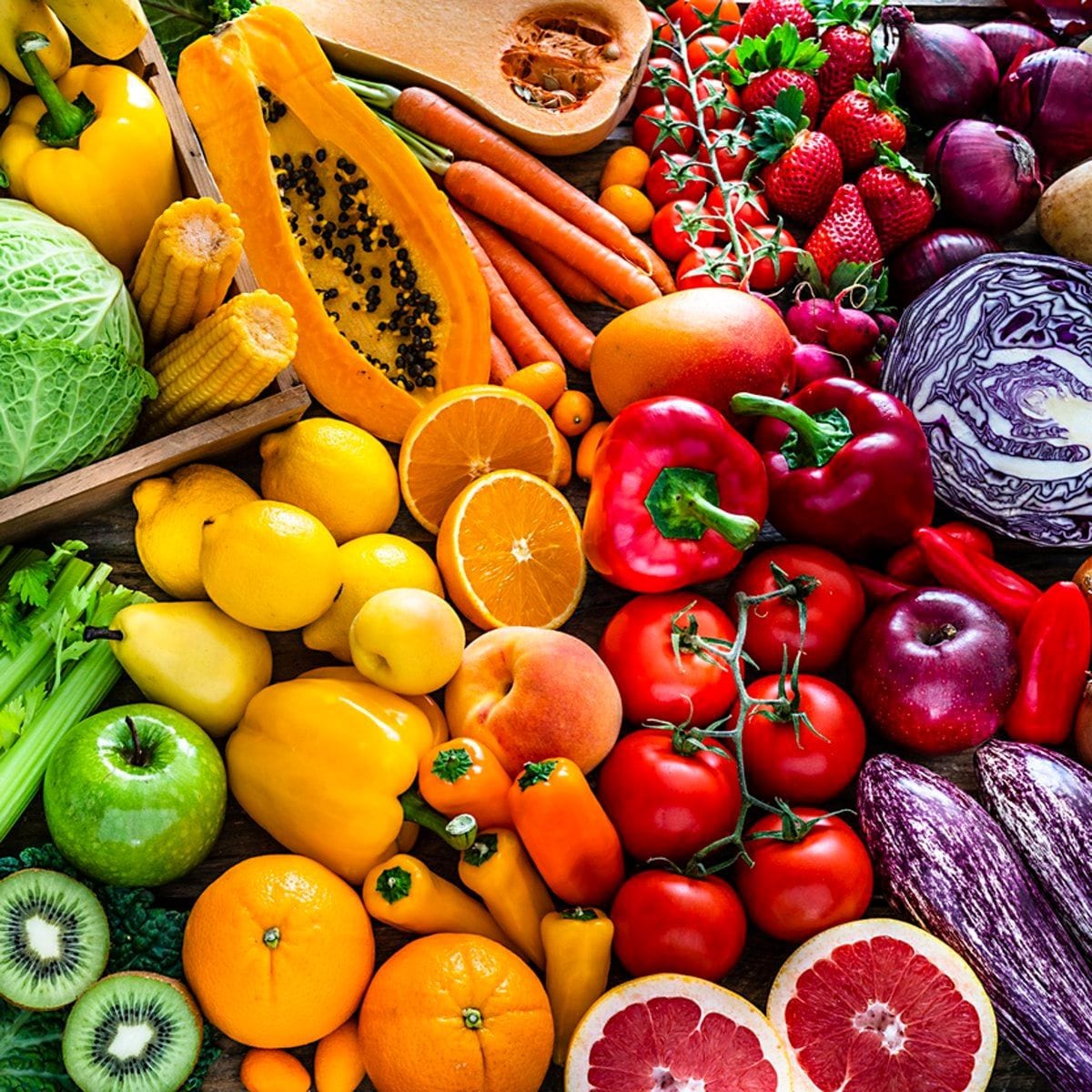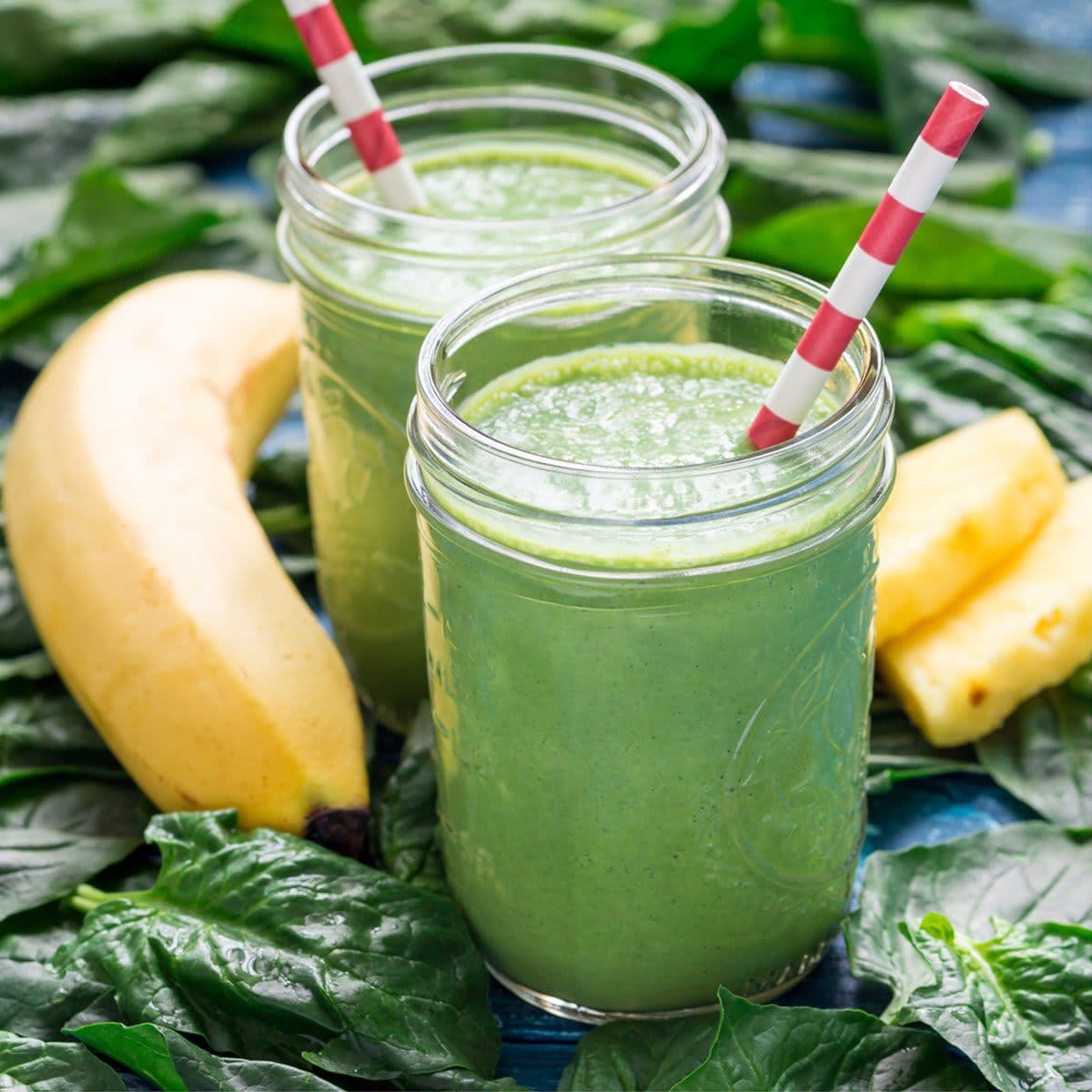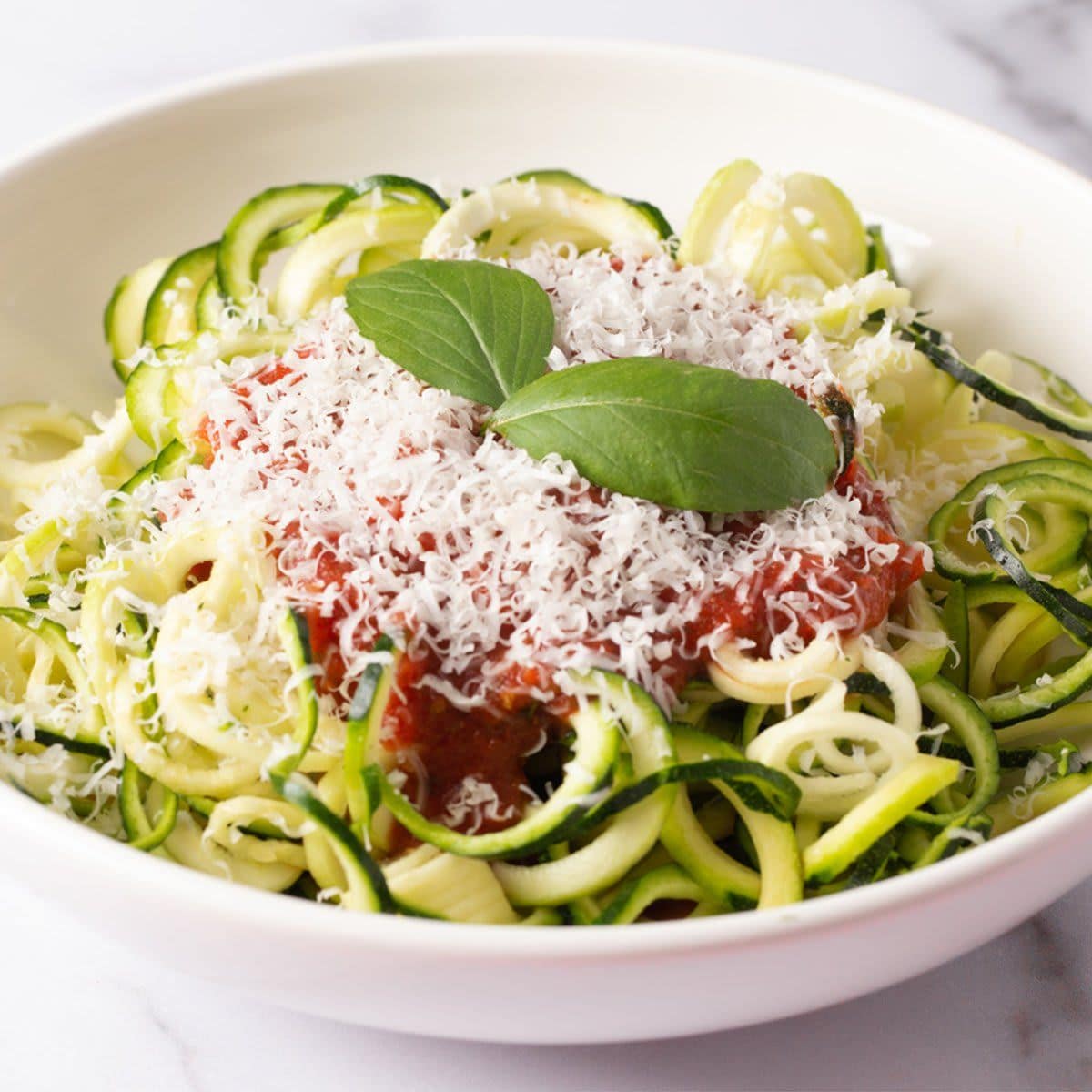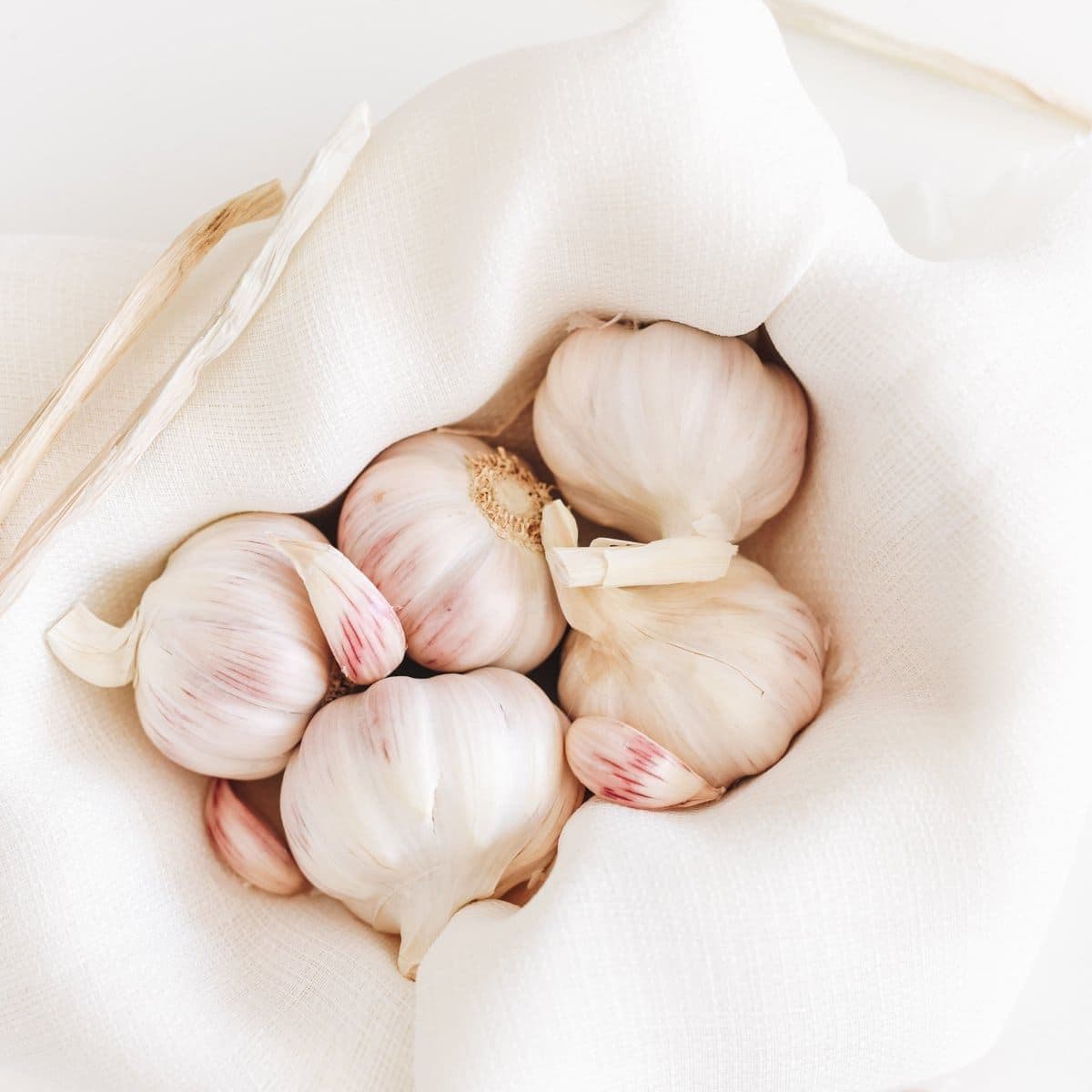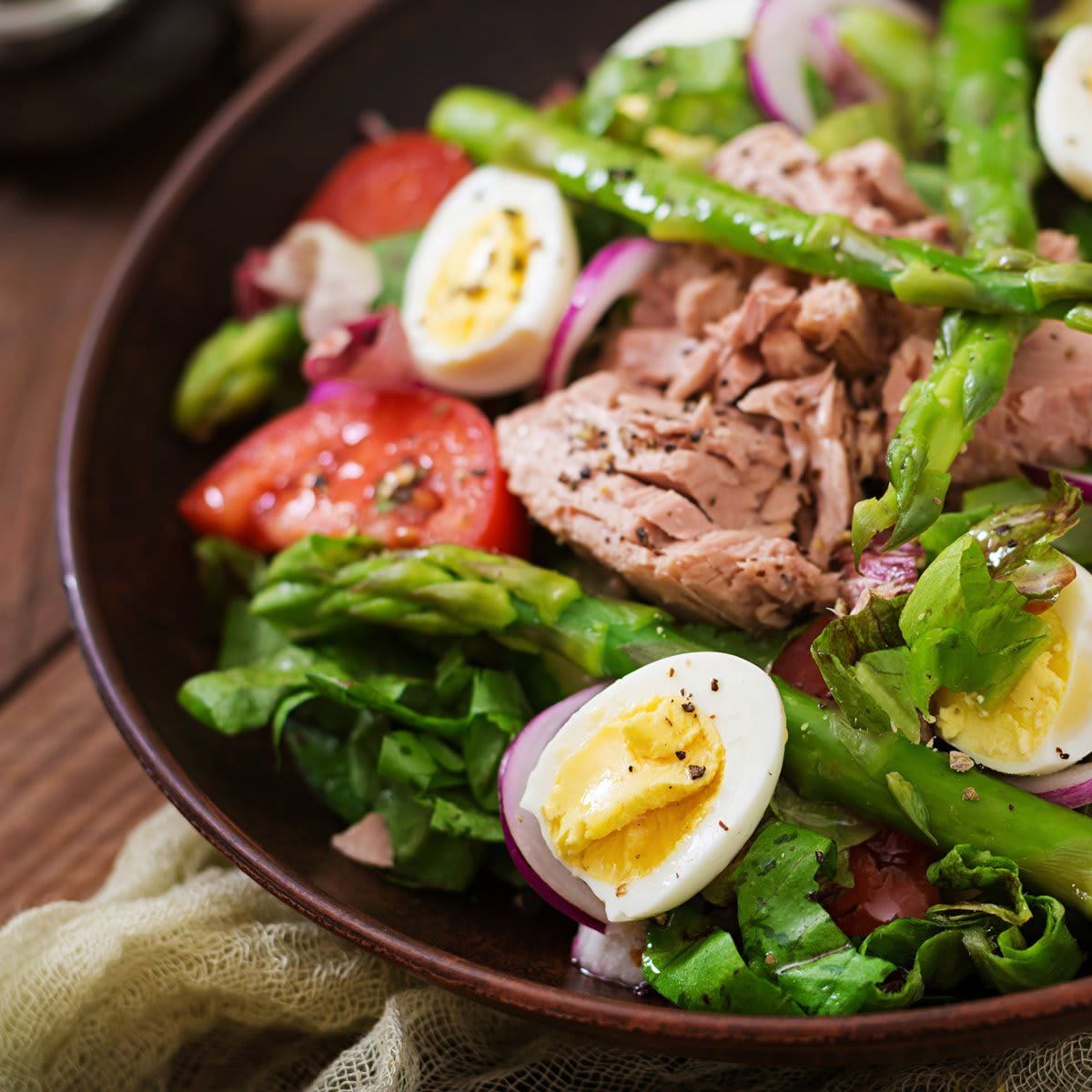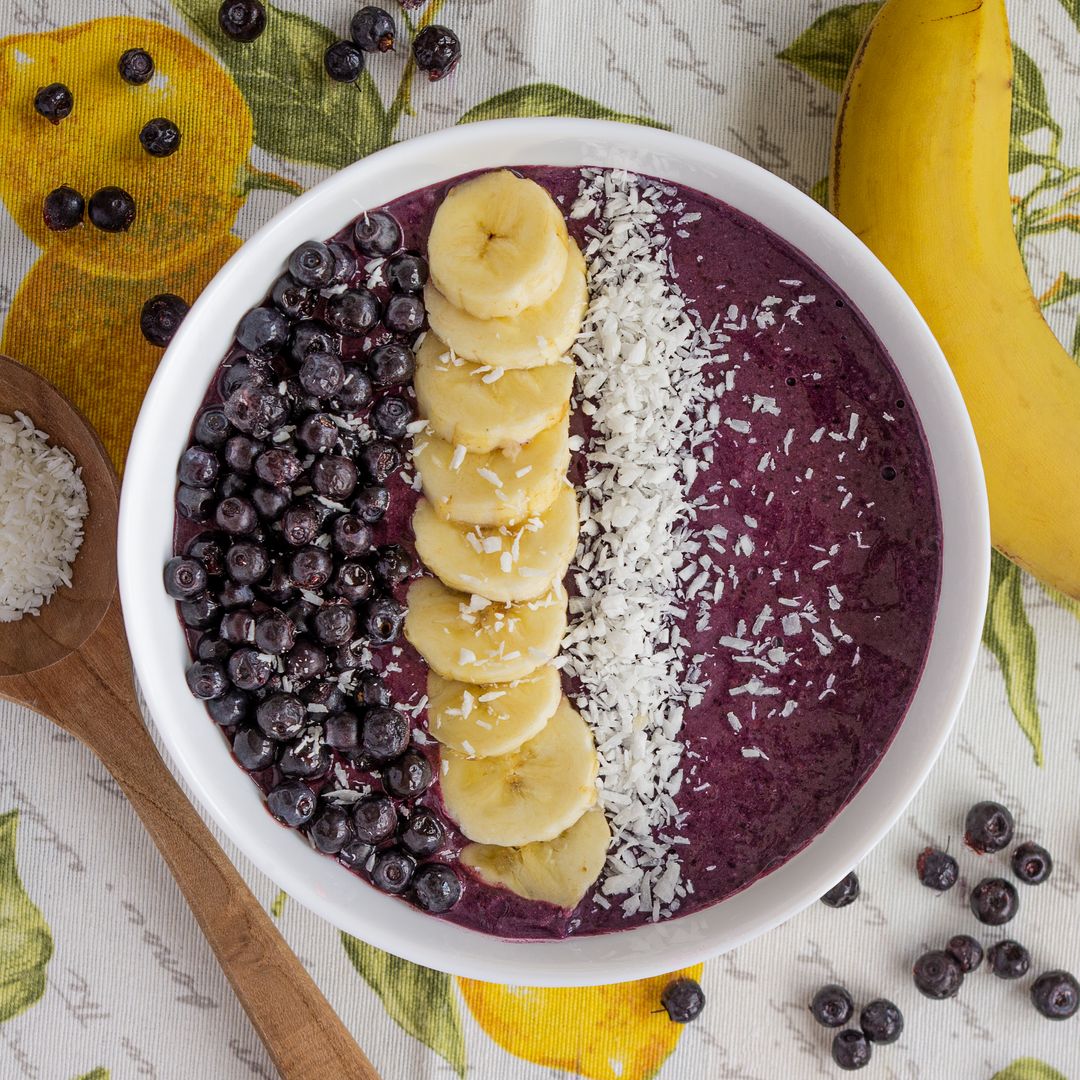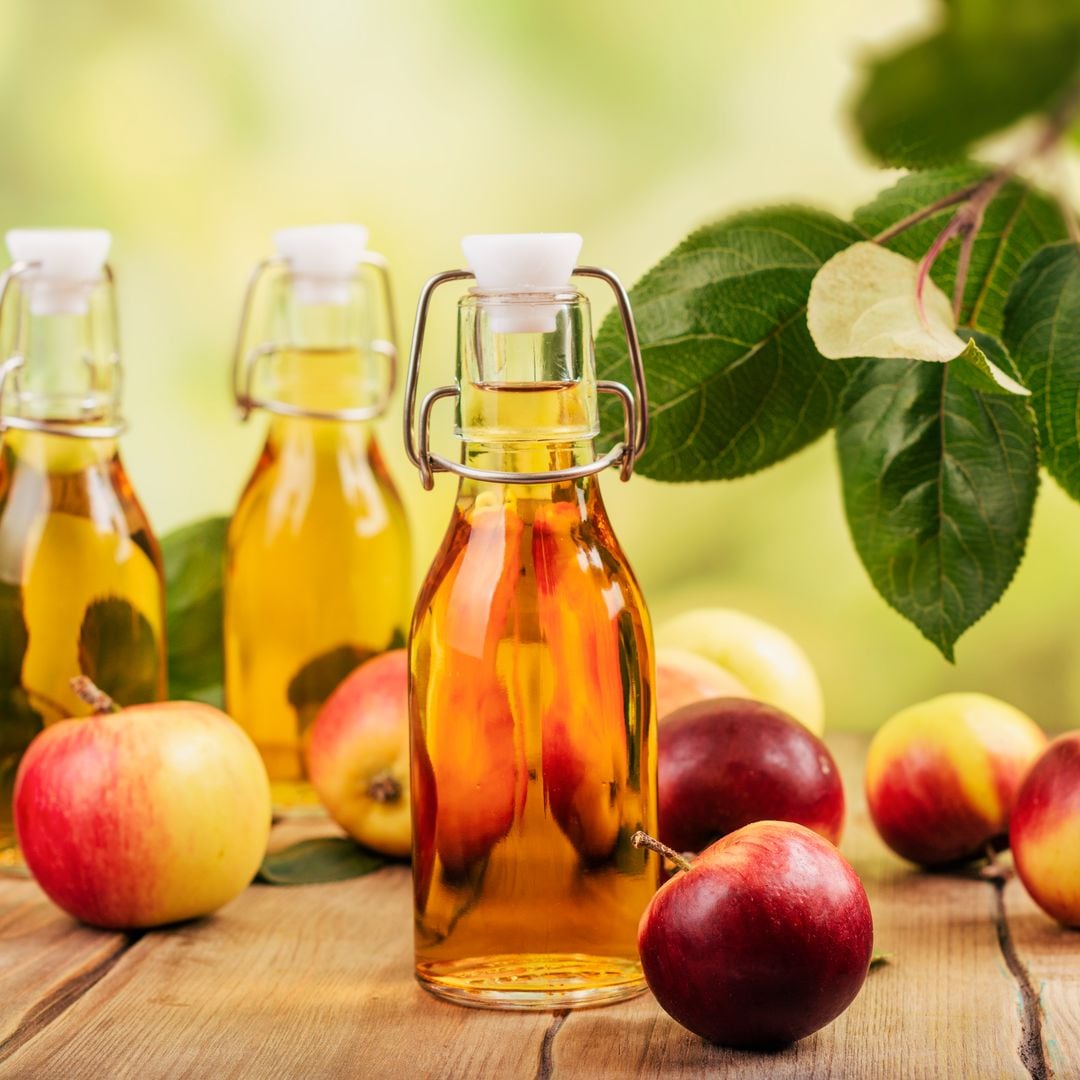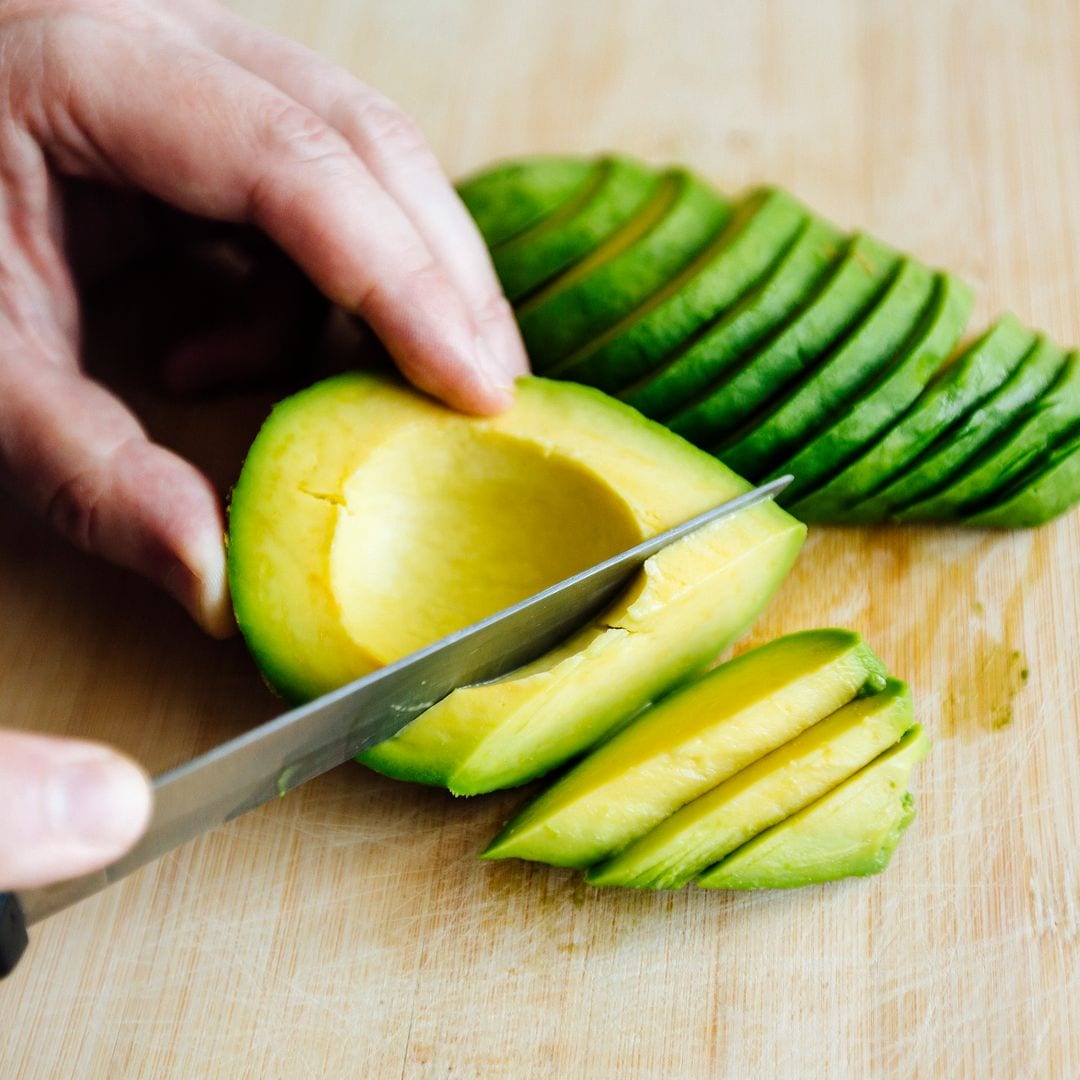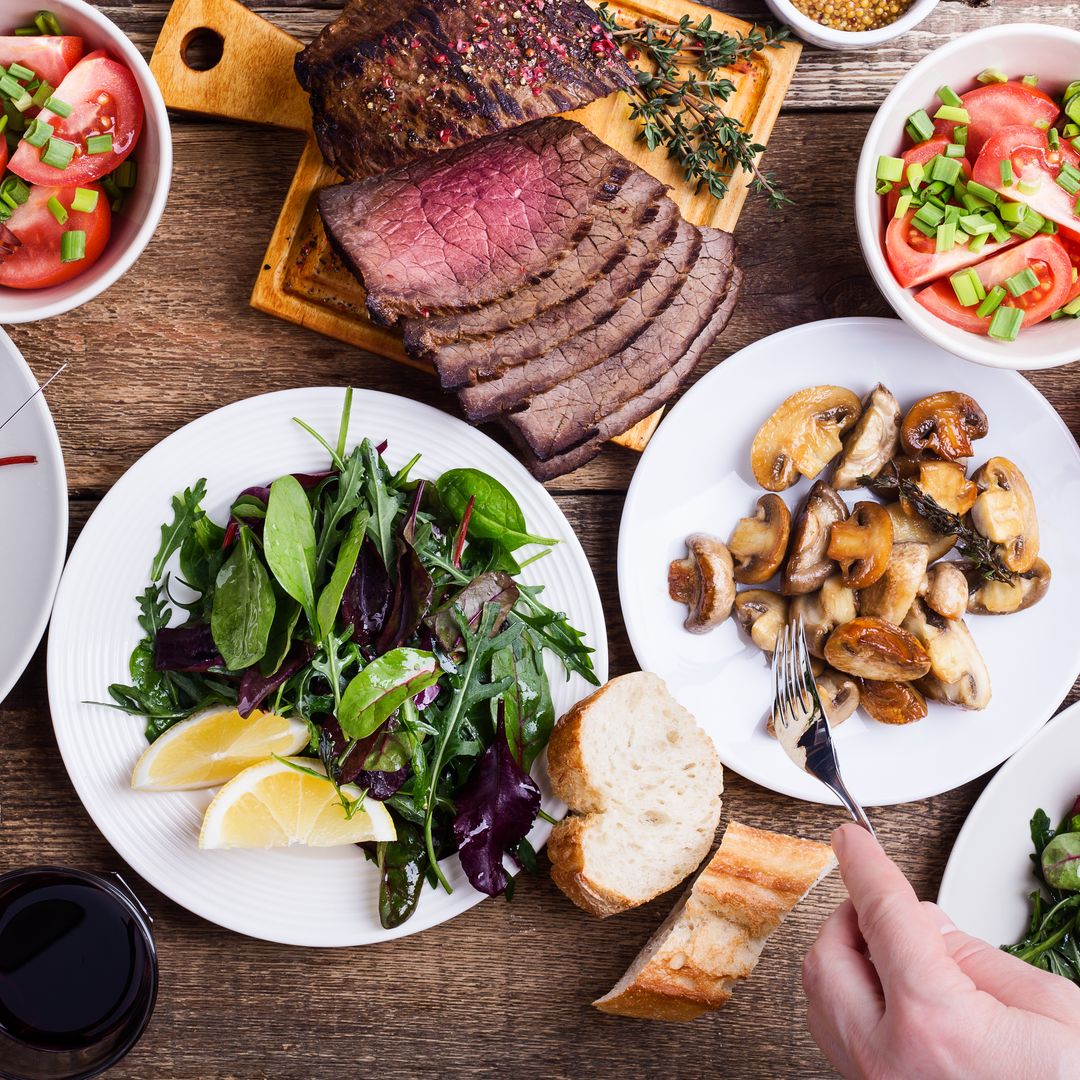You heard it all the time growing up, and you likely still listen to it now: “Eat your vegetables.” While it may seem like a simple undertaking, we all know that that is easier said than done — unless you are vegetarian or vegan.
Statistics don’t lie, and research has shown that nearly 90% of Americans don’t eat the recommended two or three cups of vegetables per day. Sadly, many people view vegetables as a bland, boring, and, quite frankly, unappetizing food. But to be honest, they don’t have to be!
June 17th is National Eat Your Vegetable Day, and our go-to expert, Dr. Vikki Petersen, Certified Clinical Nutritionist, Chiropractor, and Functional Medicine doctor, shared with HOLA! USA the many health benefits of vegetables and how they are a crucial staple for any diet.
“Vegetables, especially those from the crucifer family (broccoli, cauliflower, Brussels sprouts, kale, and cabbage) and allium family (garlic, onions, leeks, green onions, shallots, red onion) are incredibly rich in phytonutrients and antioxidants that are anti-inflammatory and anti-cancer,” Dr. Vikki Petersen explains. “It is hard to overestimate the importance of including a minimum of five servings of vegetables into your diet per day.”
Here are Dr. Vikki Petersen’s top four ways to incorporate more vegetables into a diet—even if you don’t love them
Smoothies
Smoothies are a great way to start your day with an easy two servings of vegetables. Baby spinach or baby kale are an easy addition of potent vegetables that, when combined with non-dairy milk, frozen fruit, and nut butter, are “hidden” from your tastebuds while still providing incredible health benefits.
Sauces
Broccoli, cauliflower, and finely chopped kale are easily added to tomato sauce that can be poured over pasta or as part of a curry. After cutting your veggies into small pieces, light steam or sauté will make them all but undetectable in your pasta or curry meal.
Flavoring
Onions and garlic (the allium family) are great flavor enhancers that, when sautéed at the beginning of meal prep, enhance flavor beautifully while providing incredible health benefits. The key is to chop them finely and sauté thoroughly.
Salads
Salads can be fun and very rich in vegetables. Healthy lettuce like arugula is an excellent base, but add finely sliced red cabbage, green onions (or sautéed red onions), shredded carrots, baby kale, ripe tomatoes, and avocado, and you have a satisfying meal that provides easily three to four servings of vegetables. Top with some ground flax, toasted almonds, or hemp seeds to boost protein and fat content.
,type=downsize)

